Skin Cancer
Skin Cancer
When caught and treated early, skin cancers are highly curable. And in the early stages of skin cancer development, you’re the one with the best chance to see changes. That’s why we recommend that you examine your skin head-to-toe every month. It’s a simple but powerful way to look at yourself with a new focus that can save your life. At Finger Lakes ENT & Skin Oncology we can get you in to be seen within 10-14 days. You will not have to wait weeks or months for an examination by Dr. Halliday.
FAQ’s
- Skin cancer is the most common cancer in the United States and worldwide.
- 1 in 5 Americans will develop skin cancer by the age of 70.
- More than 2 people die of skin cancer in the U.S. every hour.
- Having 5 or more sunburns doubles your risk for melanoma.
- When detected early, the 5-year survival rate for melanoma is 99 percent.
Take Notice!
If you see something NEW, CHANGING or UNUSUAL, get checked out right away, it could be skin cancer. Here are some things to look for.
- A growth that increases in size and appears pearly, transparent, tan, brown, black, or multicolored.
- A mole, birthmark or brown spot that increases in size, thickness, changes color or texture, or is bigger than a pencil eraser. Learn the ABCDEs of melanoma.
- A spot or sore that continues to itch, hurt, crust, scab or bleed.
- An open sore that does not heal within three weeks.
Different Types of Skin Cancer
Because skin cancers appear in many shapes and sizes, it’s important to know the warning signs associated with basal cell carcinoma (BCC), squamous cell carcinoma (SCC), melanoma, Merkel cell carcinoma (MCC) and the precancer actinic keratosis (AK).
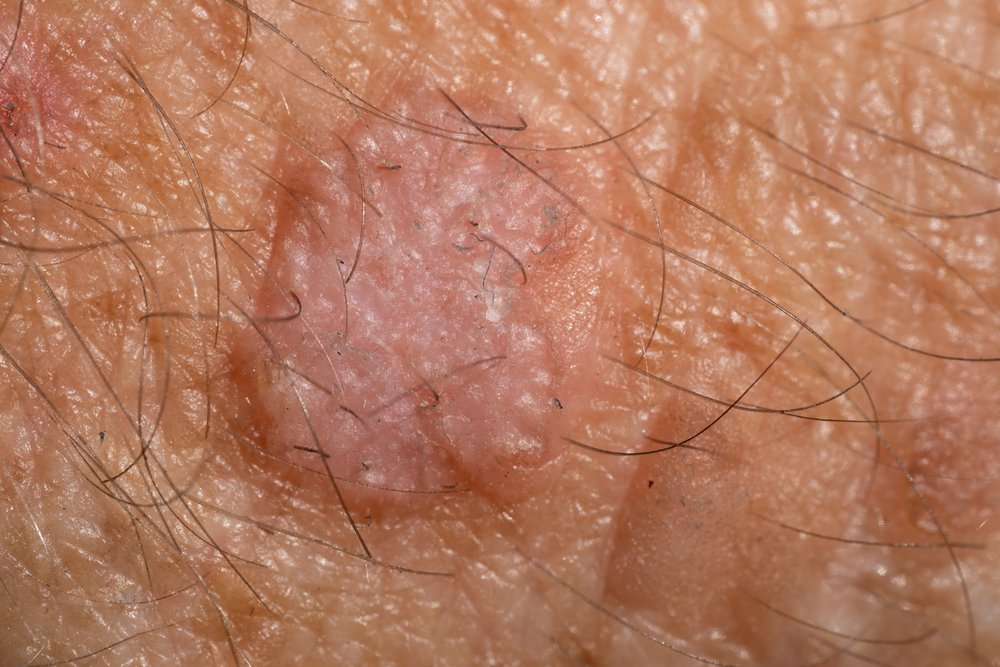
Actinic Keratosis (AK)
Actinic Keratosis, (AK) is the most common precancer that forms on skin damaged by chronic exposure to ultraviolet (UV) rays from the sun and/or indoor tanning. Solar keratosis is another name for the condition. This means that if you already have an AK, you are likely to develop more actinic keratoses in the future. This puts you at a higher risk for skin cancer, since AKs can develop into squamous cell carcinoma, a common and sometimes invasive form of squamous cell carcinoma.
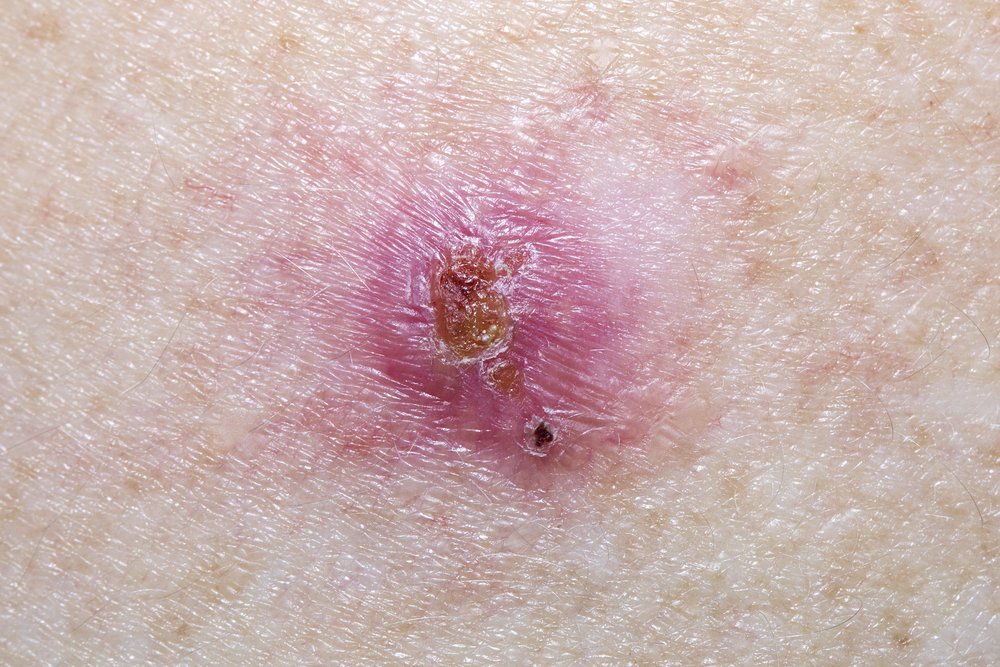
Basal Cell Carcinoma (BCC)
Basal Cell Carcinoma, (BCC) is the most common form of skin cancer and the most frequently occurring form of all cancers. In the U.S. alone, more than 4 million cases are diagnosed each year. BCCs arise from abnormal, uncontrolled growth of basal cells. Because BCCs grow slowly, most are curable and cause minimal damage when caught and treated early. Understanding BCC causes, risk factors and warning signs can help you detect them early, when they are easiest to treat and cure.
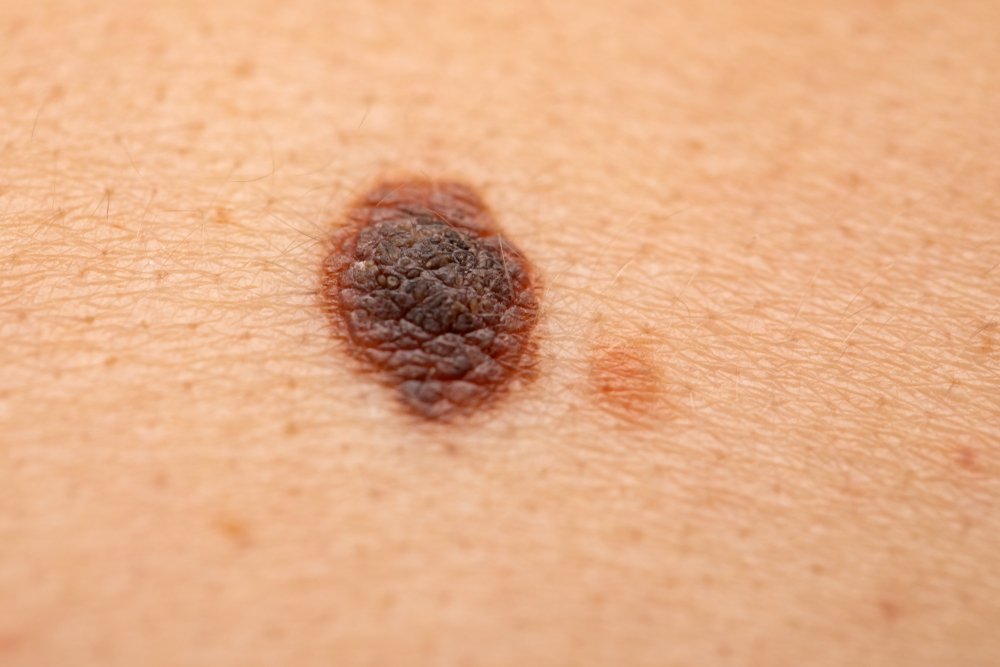
Melanoma
Melanoma is a serious form of skin cancer that begins in cells known as melanocytes. While it is less common than basal cell carcinoma (BCC) and squamous cell carcinoma (SCC), melanoma is more dangerous because of its ability to spread to other organs more rapidly if it is not treated at an early stage. Melanomas present in many different shapes, sizes and colors. That’s why it’s tricky to provide a comprehensive set of warning signs. Since detecting melanoma early is so vital. Melanoma is usually curable when detected and treated early. Once melanoma has spread deeper into the skin or other parts of the body, it becomes more difficult to treat and can be deadly.
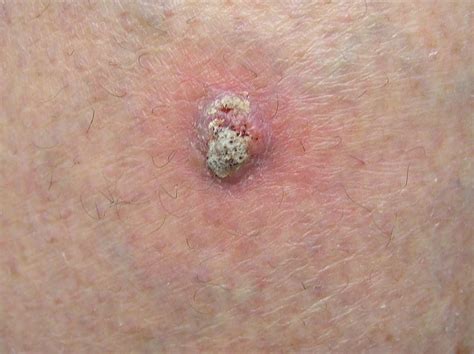
Merkel cell carcinoma (MCC)
Merkel cell carcinoma (MCC) is a rare, aggressive form of skin cancer with a high risk for returning (recurring) and spreading (metastasizing), often within two to three years after initial diagnosis. MCC tumors often, but not always, appear on sun-exposed areas of the body. The tumors are not nearly as distinctive as other skin cancers and can appear as a pearly pimple-like lump, sometimes skin-colored, red, purple or bluish-red, though they are rarely tender to the touch. The rapid speed at which they grow is what often causes patients and doctors to take notice.
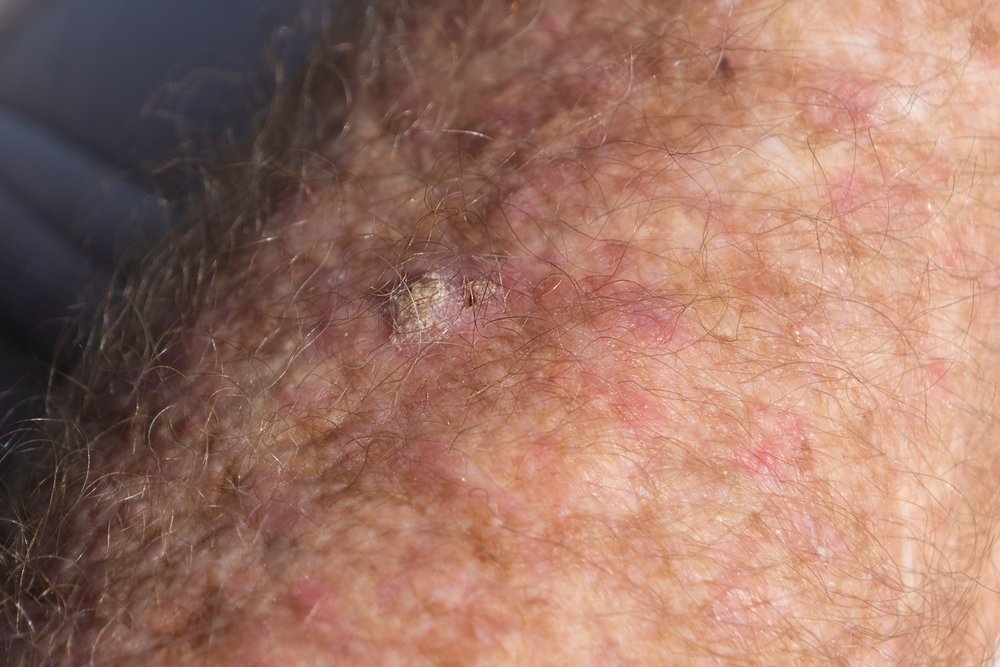
Squamous cell carcinoma (SCC)
Squamous cell carcinoma (SCC) of the skin is the second most common form of skin cancer, characterized by abnormal, accelerated growth of squamous cells. When caught early, most SCCs are curable. One of three main types of cells in the top layer of the skin (the epidermis), squamous cells are flat cells located near the surface of the skin that shed continuously as new ones form. SCC occurs when DNA damage from exposure to ultraviolet radiation or other damaging agents trigger abnormal changes in the squamous cells. SCCs can appear as scaly red patches, open sores, rough, thickened or wart-like skin, or raised growths with a central depression. At times, SCCs may crust over, itch or bleed. The lesions most commonly arise in sun-exposed areas of the body.
Testimonials
Request An Appointment
Complete the form below or call us at 315-685-0247 today to schedule an appointment!
Telemedicine Audio and Video calls are also available for both medical and cosmetic procedures.

